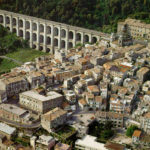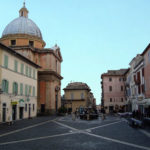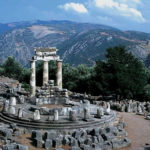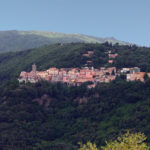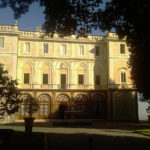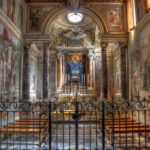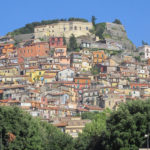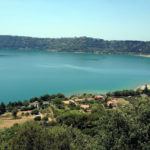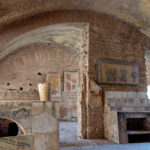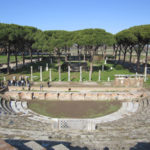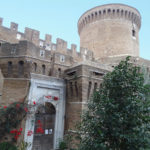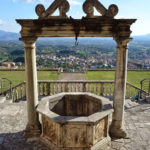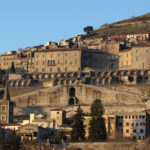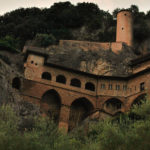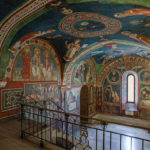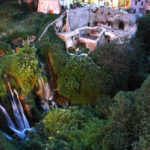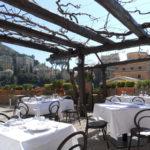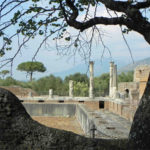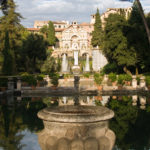The name Ostia is derived from Ostium (river mouth), and Ostia Tiberina, first name of the city, referred directly to the “door” of the Tiber River from which Romulus and Remus, according to the legend, went up the river in a basket before being found and nursed by the she-wolf. In Ostia, long ago, the Tiber ended its course in correspondence of the remains of the ancient Porto Fluviale. First a Roman colony, founded, following the myth, by the King Ancus Marcius, today it is among the most visited archeological sites in the world, and the third in Italy. A visit to the scavi offers a unique opportunity to re-live the ordinary daily life in Ancient Rome. Inhabited by merchants, soldiers, manual laborers and artisans, Ostia was a warehouse and a sorting center of goods destined for Rome, and, for this reason, it grew in richness, wealth and prestige. Shops and public spaces, including theaters, baths, termopoli (ancient bars) and a Capital Ostiense (Campidoglio Ostiense) in the Forum of the city, substituted during the years the ancient castrum (military camp). A harbor city and a junction between the only means of communication of that time, Ostia, from the beginning had a cosmopolitan soul: here people of different customs and traditions lived together in harmony. In Ostia we can admire the ruins of sites dedicated to various cults, from Mithraism to the cult of Isis; here we find also the oldest synagogue in Europe. Connected to the whole Mediterranean, Ostia recounts the life of the Romans in all of its aspects, above-all in reference to the period following the destruction of Pompeii (79 A.D.).




